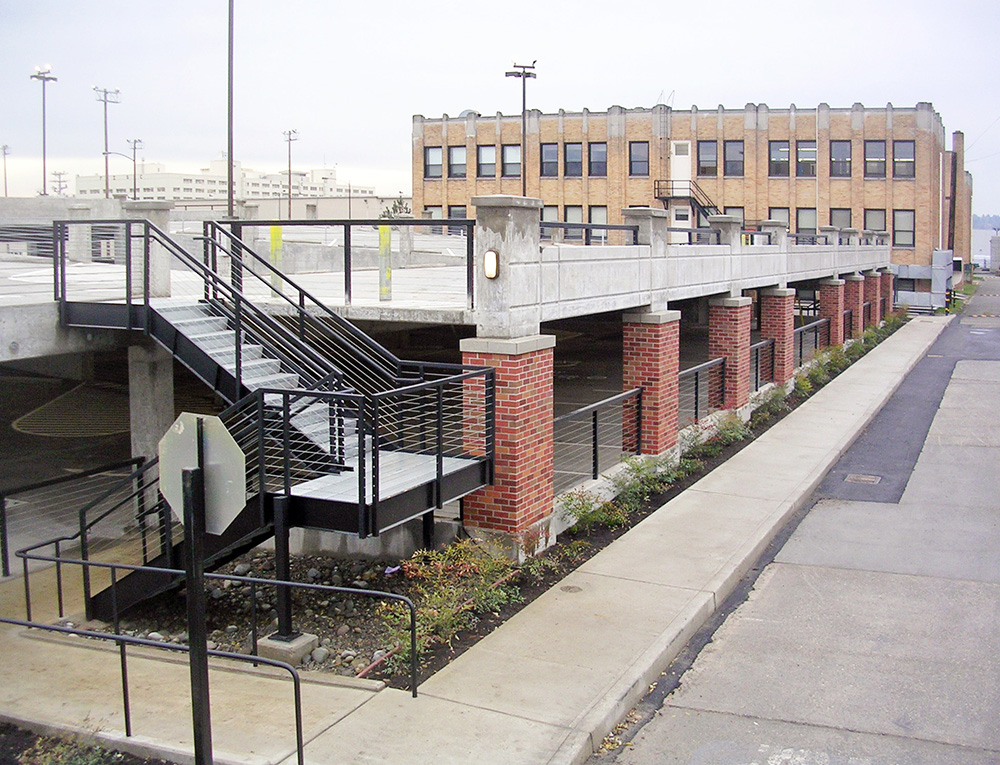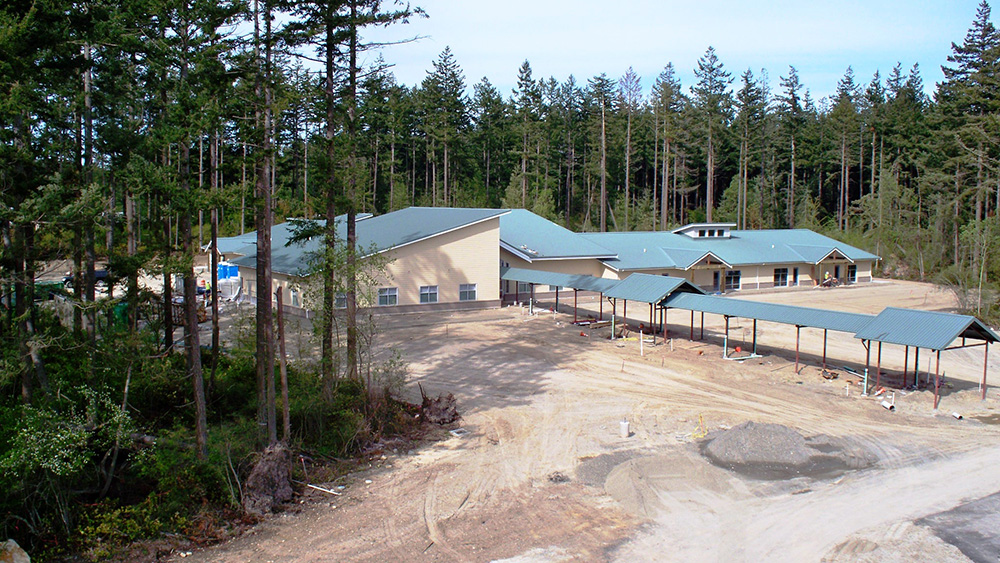Bob was the Project Principal for this design-build reconstruction project at Greenling Road at Naval Base Kitsap (NBK).
Before sharing my experience on becoming a DBIA, a basic definition might help some readers. The Design-Build Institute of America (www.dbia.org) is the foremost organization recognized as the standard of design-build knowledge and experience and is the certification authority for a Designated Design-Build Professional™ (DBIA) professional credential. DBIA designation applies to design and construction practitioners as well as other professionals working in the design/build arena.
I don’t recall how I initially became aware of the DBIA certification. I have personally been interested in design-build delivery systems for a number of years. When design-build is done well, it can be a seamless integration of design and construction that results in a better design solution that is well-constructed and generally delivered sooner with fewer construction/design distractions for the owner. Having started my career as a construction manager for the Navy (an AROICC, to use some old Navy terminology), I cut my teeth having a close relationship to construction and real world challenges of just “getting it built.” When I left the Navy and moved to a design firm, I still maintained a desire to be closer to construction than the traditional design-bid-build relationship.

Becoming a DBIA is more onerous than pursuing a LEED® AP credential, but not as rigorous as becoming a PE or AIA. And although it’s not a license currently required for project delivery by state agencies overall, it is a prestigious achievement in the design-build industry because of the amount of time and effort required for certification. When I received my designation, there were three classes conducted by the Design Build Institute of America as required curriculum, each one day long. Now there are four. The courses cover contracting, risk, contracting methods, terminologies, post-award responsibilities and a lot of discussion on how to just treat each other right and build a successful project team. Beyond these required courses, you must take 18 additional credit hours of elective classes. Although you can attend local DBIA-affiliated breakfast training events and an occasional local seminar, I found it more efficient and beneficial to attend the annual DBIA conferences to obtain the credits. DBIA usually offers three each year—the national conference, and then separate specialty conferences focused on water/wastewater and another on transportation. Beyond all these classes and training, you must also have worked on design-build projects, provide three references, and pass an exam—which I recall was several hours of questions on various elements from the required classes.
So, what has becoming a Designated Design-Build Professional™ done for me? First, I think the training and education is very worthwhile and beneficial. Those of us that have grown up in a design-bid-build world have an underlying paradigm of the roles we need to fill and how to get the work done within the box of responsibilities we have created as an industry. The DBIA training helped me more clearly see the contractor’s perspective and understand how to build a much stronger partnership between the designers and builders. Second, it provides the industry with a common language regarding contractual relationships, options, and risk so that we can all communicate more clearly with each other. Third, it establishes me with contractors and other designers as a proven design-build partner. It’s clear I’m not just giving design/build a try this week, but rather that I’ve invested time, resources and have made a fundamental commitment to the success of the design-build process.

The DBIA certification program continues to evolve as the delivery method matures in practice and execution. Since the time that I became a Designated Design-Build Professional™, DBIA has created an associate program with lower requirements—mostly fewer classes and you don’t have to have design-build experience to get the credentials.


